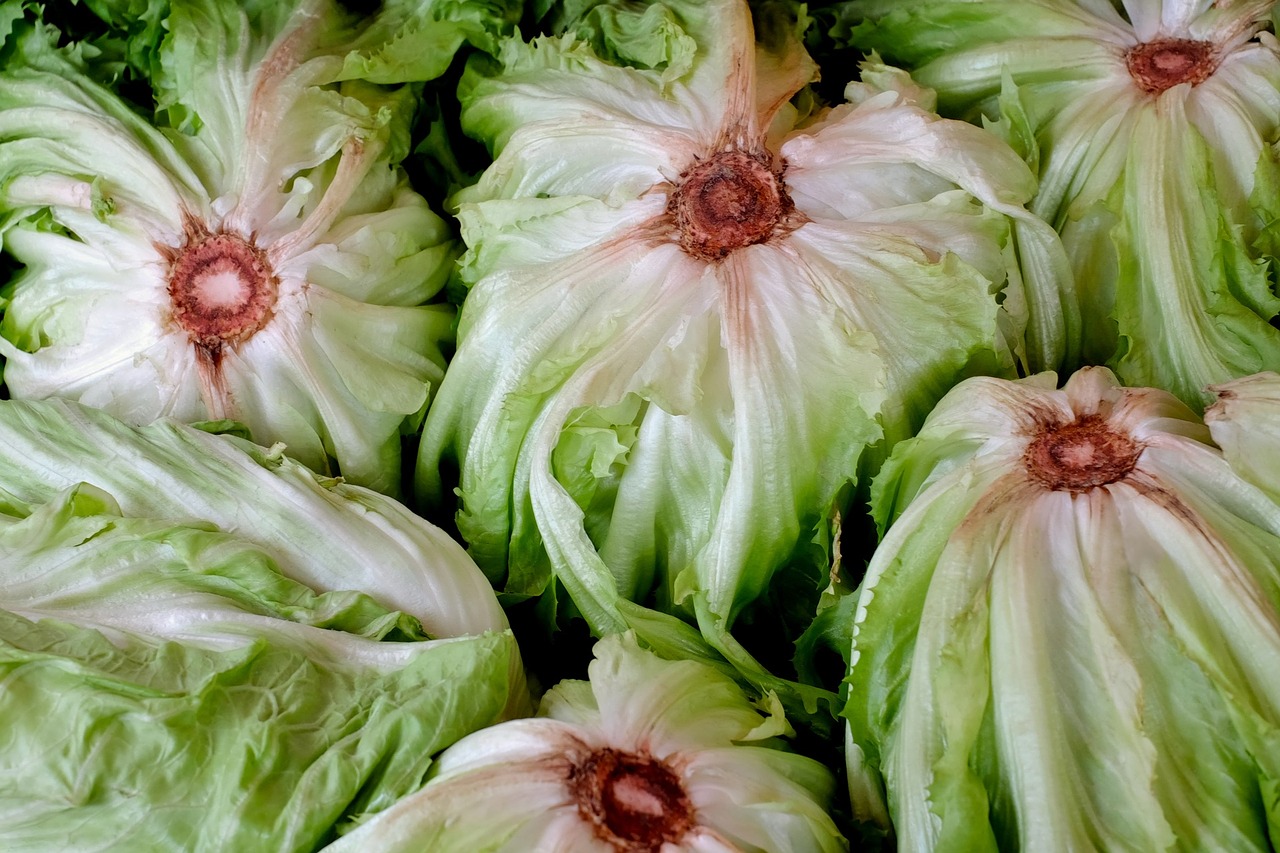Growing lettuce from seedlings has advantages over direct sowing (which is rarely practiced) as it allows for better planning of harvest succession and extends the harvest period. Seedlings are grown in protected environments and can be either bare-root or with a substrate clump, with preference given to those with a substrate clump.
Containerized Seedling Cultivation in Protected Areas
Seedlings grown in containers have uniform growing space, which ensures consistent plant growth and uniformity. Ready-to-use substrates with good water-air balance, high water retention, and adequate nutrient content are used for seedling cultivation, generally sufficient for complete development. These substrates are sterilized and free from pathogens, pests, and weed seeds, which are usually present in natural soils.
The transplanting of seedlings with a substrate clump allows them to avoid transplant shock and continue growing steadily, unlike bare-root seedlings. They establish more quickly, making replanting almost unnecessary. Such seedlings can also be transplanted into soils that are not at optimal moisture levels and can be planted throughout the day, maximizing the use of planting equipment and allowing for planting over larger areas within optimal times.
Container-grown seedlings are typically ready for harvest earlier and yield higher than bare-root seedlings grown in beds.
The containerized method of seedling cultivation is especially suitable for hybrid vegetable production, where due to the high cost of seeds, it is crucial to obtain a quality seedling from each seed.
For sowing in containers, substrates with good water-air balance, high water retention, and adequate nutrient content are used. These substrates are sterilized and free from disease-causing organisms, pests, and weed seeds. Containers made of polystyrene or plastic are used for seedling cultivation. For broccoli seedlings, containers with a cell size of around 25 cm³ are used. Sowing can be done manually or with a pneumatic seeder.
Microclimatic Conditions for Seedling Cultivation
The air temperature in protected areas is maintained at 20°C until germination (for 3 – 5 days); after germination, it is reduced to 10 – 15°C. In summer, when temperatures are high, containers are kept in cooler rooms (around 15°C) until germination to avoid seed thermodormancy. If temperatures are not excessively high, containers can be soaked with cold water and covered with styrofoam until germination, then kept on the north side of the structure. If possible, containers can be stored in a cold room at 3 – 5°C (for 2 – 3 days) until germination. A well-developed seedling ready for planting should weigh around 2 grams and have 4 fully developed leaves. Such a seedling typically develops within 3 – 5 weeks, depending on the growing conditions, including temperature, light intensity, and day length.
If unfavorable outdoor conditions (too low temperatures, overly wet soil, rain) delay planting, seedlings can be stored for up to 2 weeks at 1 – 2°C.
Seedling Care and Management Until Planting
Containers in protected areas should not be placed directly on the ground but slightly elevated by placing bricks or stone blocks beneath them, supported with concrete iron mesh or wooden slats. This elevated position allows for quicker and better warming, and the air space below the containers prevents roots from growing through the drainage holes, encouraging full root development within the substrate. This setup also facilitates easier transplanting.
Throughout the seedling growth period, the substrate must be kept moderately moist. Due to the relatively small volume of seed spaces in containers, watering is essential in the morning, with moisture maintained by misting during the day. It is preferable that the plants remain dry in the evening and overnight. Rainwater collected from the structures, water from private wells, or clean water from natural streams is best for watering. Direct watering with tap water is generally not ideal as it tends to be much colder, potentially negatively impacting seedling development. Watering can be done using automatic sprinkler systems with fine nozzles that produce very fine droplets, which do not damage young plants or compact the substrate. If watering is done manually, it is essential to use watering cans with fine nozzles. Automatic irrigation systems can also be used to apply foliar fertilizers such as Fertina P, Profert Mara, Kristalon, and others as needed. Foliar feeding in seedling production is applied when a loss of dark green color is noticed, often occurring if transplanting is delayed and seedlings remain in containers for an extended period.
Using quality treated seeds and growing in sterilized substrate generally eliminates the need for disease protection during containerized seedling cultivation. However, before transplanting, seedlings should be preventatively treated with a contact fungicide such as mancozeb at a concentration of 0.2% or copper-based fungicides.
A few days before the planned transplant date, the protected areas should be fully opened to expose the seedlings to direct sunlight, allowing them to better adapt to the full spectrum of sunlight they will encounter in the field. Before transplanting, the substrate must be moistened to allow for easy removal of seedlings with the substrate clump. If the substrate is too wet, it will fall off the roots, and if too dry, the plants will establish poorly in the field.













































